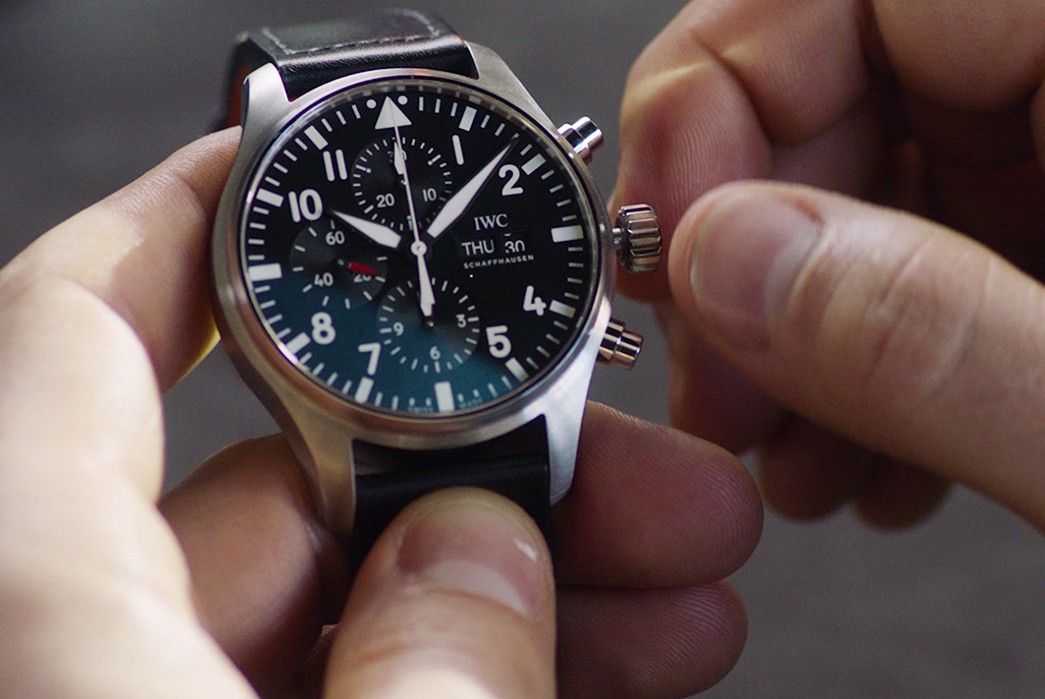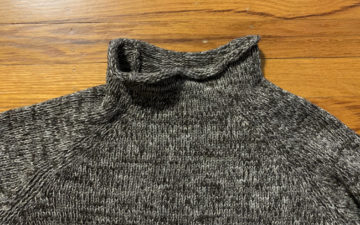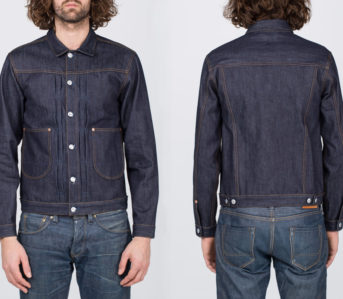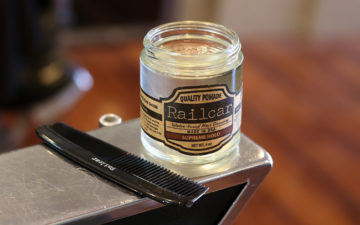We all know the purpose of a wristwatch, but if you’re looking to invest in a new timepiece and weighing up your options, all the technical terms can be baffling, especially if you’re a complete newcomer to the watch game.
With this in mind, we’ve compiled this dictionary of basic, entry-level watch terminology that any beginner should know when considering the purchase of a new timepiece.
Dial
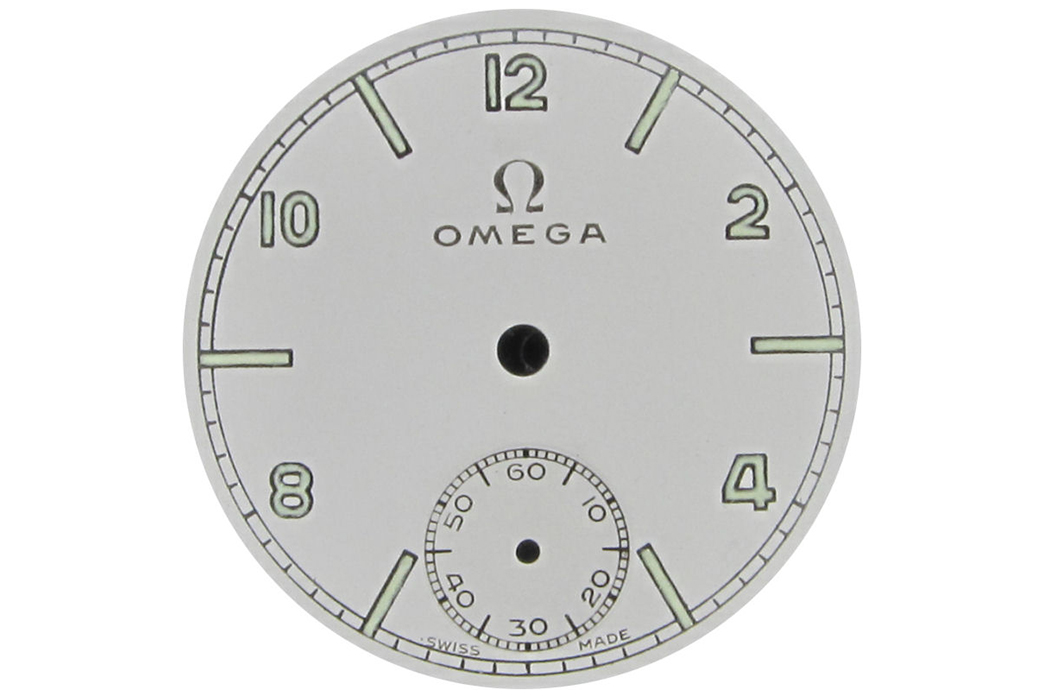
Omega watch face via Watch Dial Restoration
Also known as the face, a dial is the visual interface that allows a watch to display information and produce a time reading.
Subdial
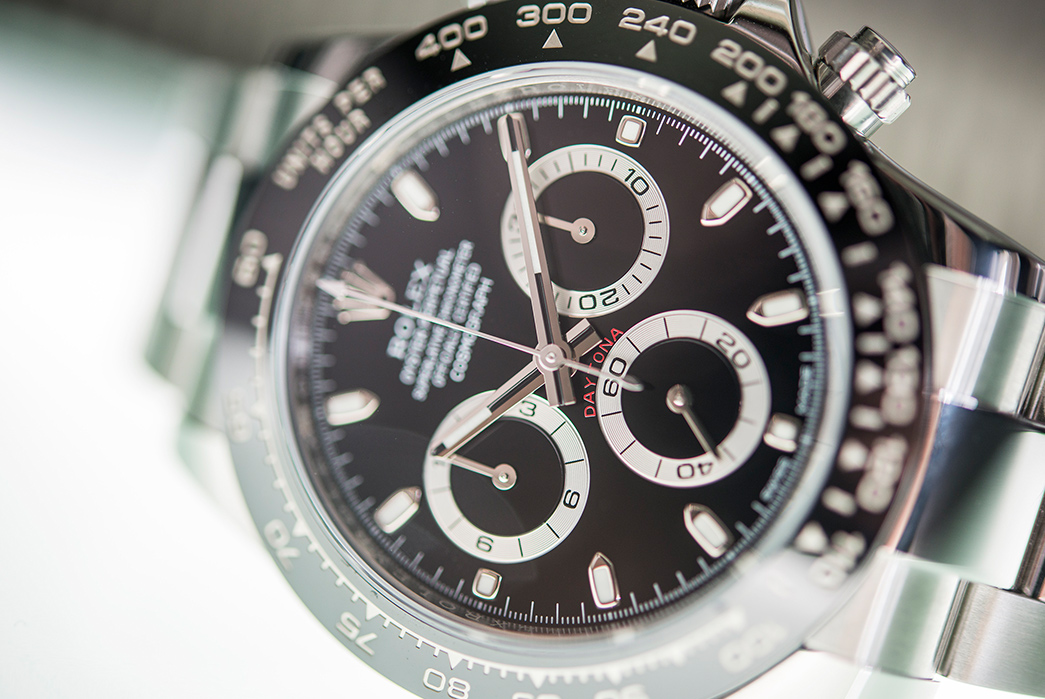
A Rolex Daytona with three subdials via StockX
Also known as a register, a subdial is a smaller dial used to display a specific measurement or piece of information. Subdials are typically found on chronographs.
Case
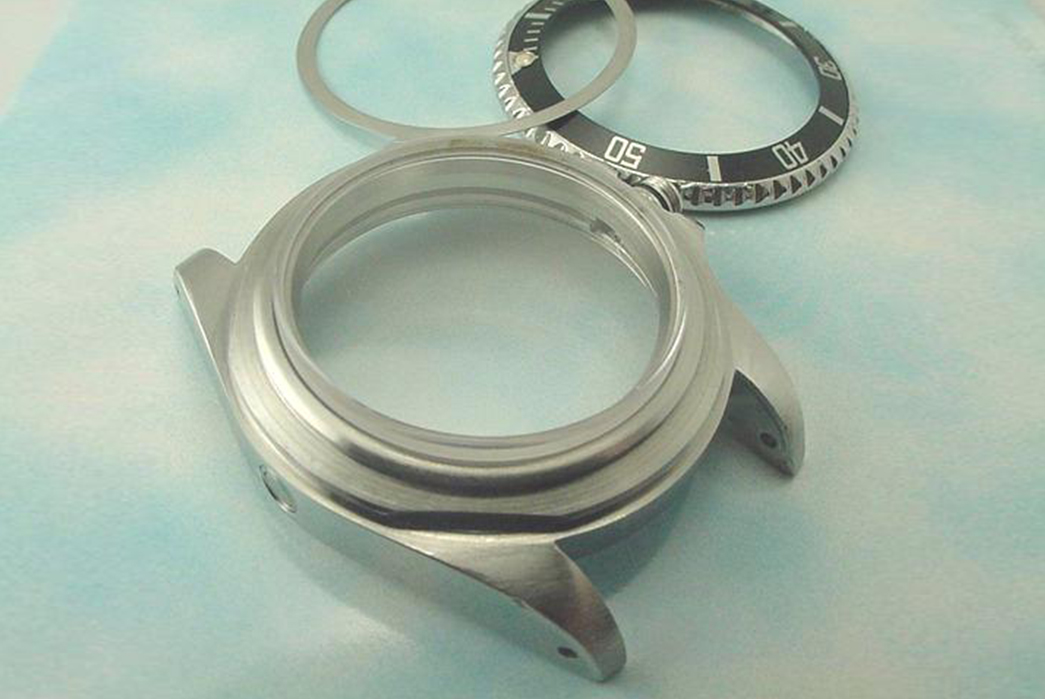
A metal case next to a bezel via Antique Time
This term is used to describe the metal that houses the mechanics of a watch.
Strap
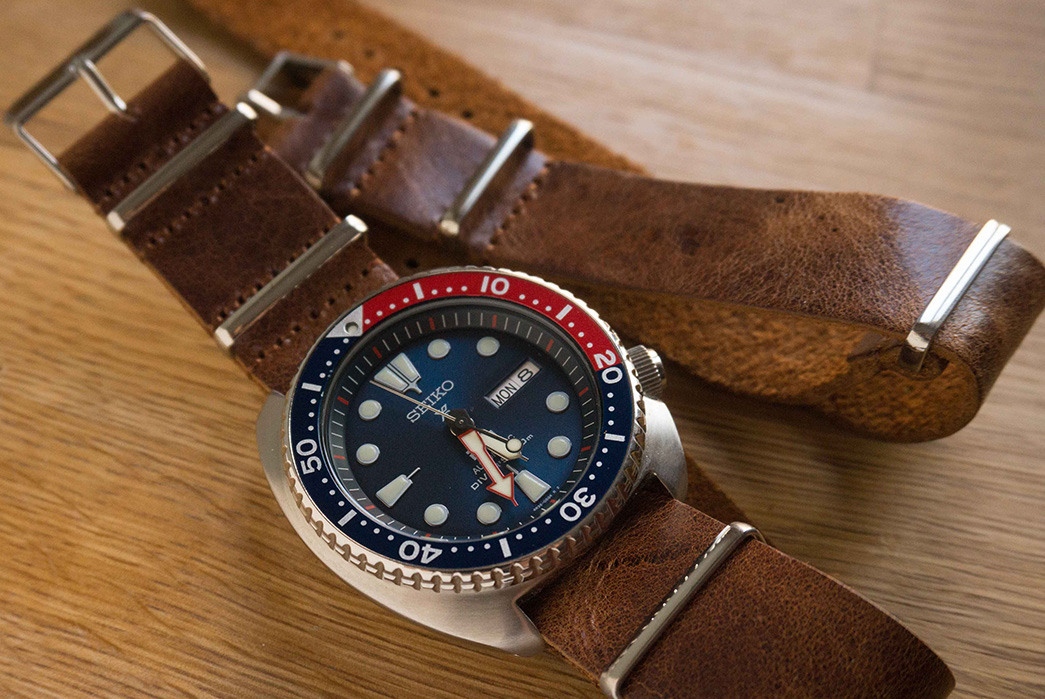
Leather watch straps via Cheapest Nato Straps
Coming in many different forms, watch straps are used to fasten the timepiece to the wrist. Common materials used to make straps are leather, nylon, and metal. Straps made from metal are often referred to as a bracelet.
Lugs
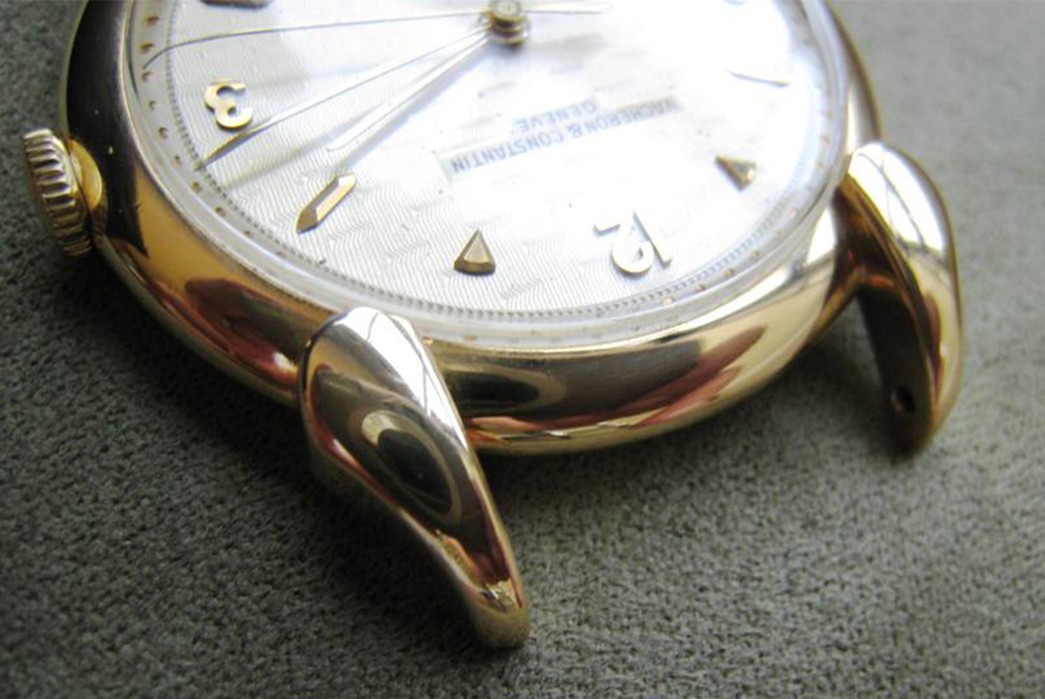
Image via Watch Lugs
Lugs are the parts of the case that connect to the strap or metal bracelet of a watch.
Hour Marker
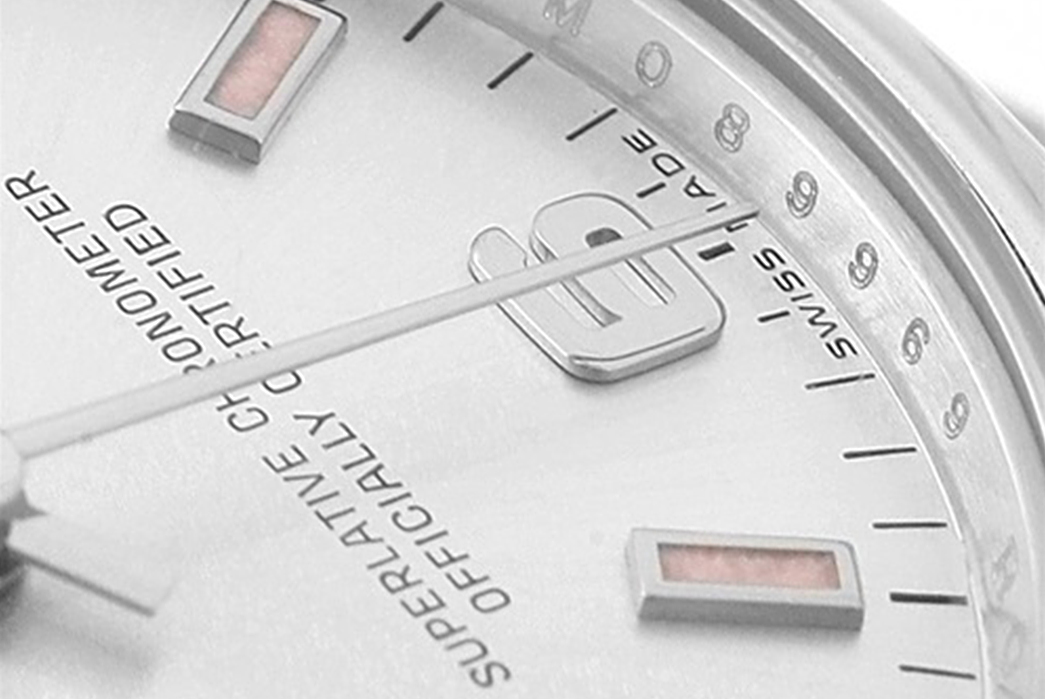
Image via Swiss Watch Expo
Hour markers are the numerals which are applied or painted onto the dial which indicate what hour of the day it is.
Hand
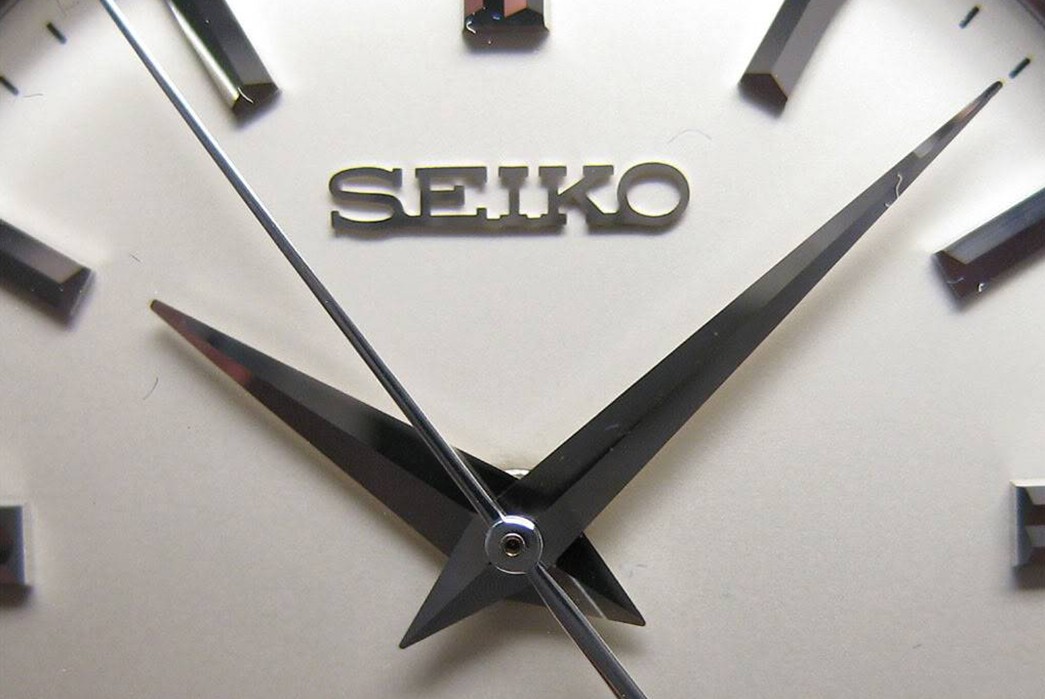
Grand Seiko hands via WatchProZine
Hands are the strips of material which point to sections of the dial to give a time reading.
Crown
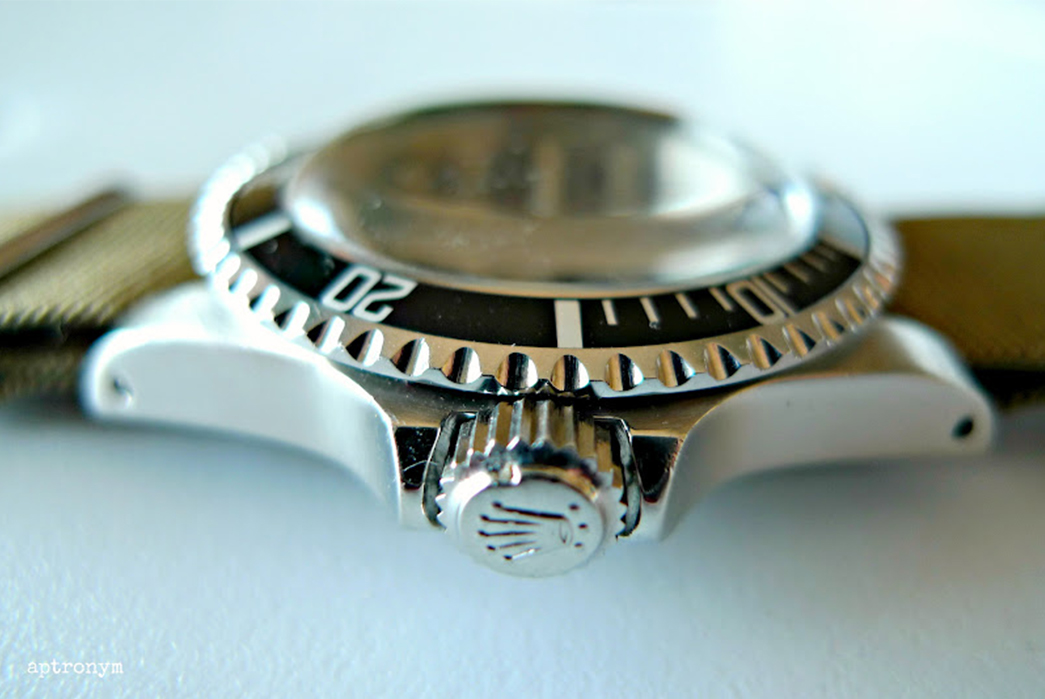
Rolex Crown via The Sydney Tarts Blog
Typically found on the side of the case, the crown is the mechanism that is used to change the date and time of a watch. The crown is also used to wind the movement of mechanical watches.
Pusher
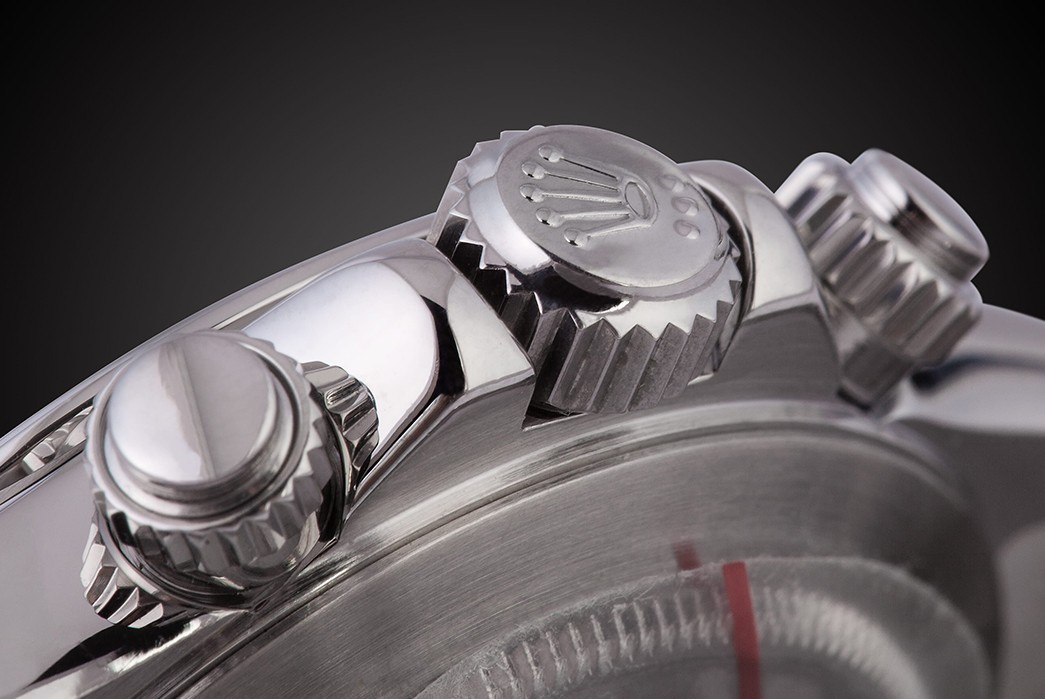
Two pushers either side of the crown of a Rolex watch via Bob’s Watches
Similar to the crown, a pusher is an additional winding mechanism that separately controls the adjustment of other functions like day/date display or chronograph.
Crystal
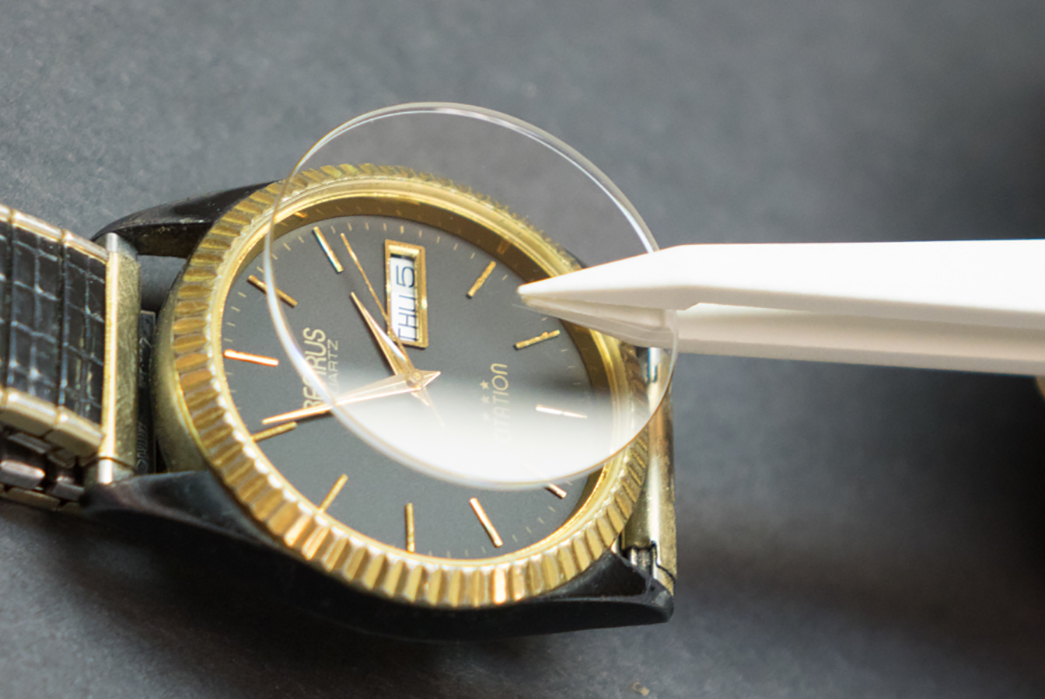
Removing the crystal of a watch via Esslinger.com
This term is used to describe the transparent ‘glass’ that covers and protects the dial from the elements. Crystal covers are usually made from synthetic sapphire, mineral crystals, or acrylic.
Exhibition Case Back

Weiss Executive Issue Field Watch exhibition case back via Weiss.
Also known as a skeleton case or an open case back, an exhibition case back utilizes a crystal fitting which exhibits the movement of the watch.
Movement

Mechanical hand motion (left) vs. quartz hand motion (right). Image via Wixon Jewelers.
Movement is the term used to describe the engine of a timepiece. Ranging from battery powered Quartz to manually wound mechanical movements, you can read about the different movements in our article: Know Your Watch Movements – Quartz vs. Mechanical.
Rotor
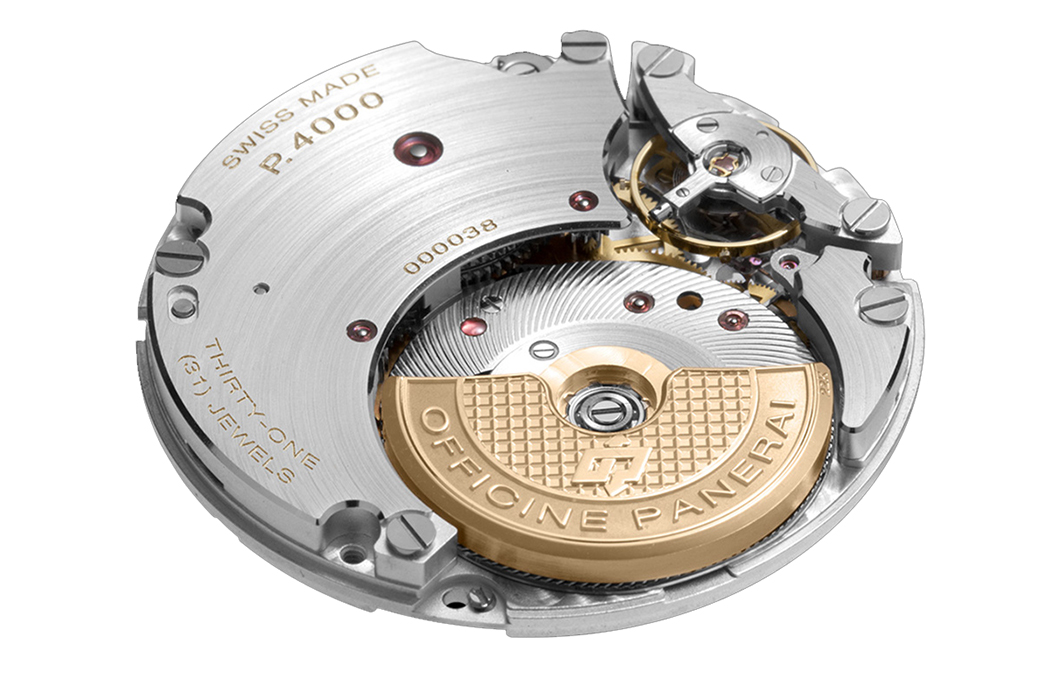
Gold rotor with Officine Panerai marking via Watch Paper
Automatic movements self-wind using the kinetic energy generated by the wearer. A rotor is an oscillating weight that helps wind automatic watches and is an essential part of the movement.
Bezel
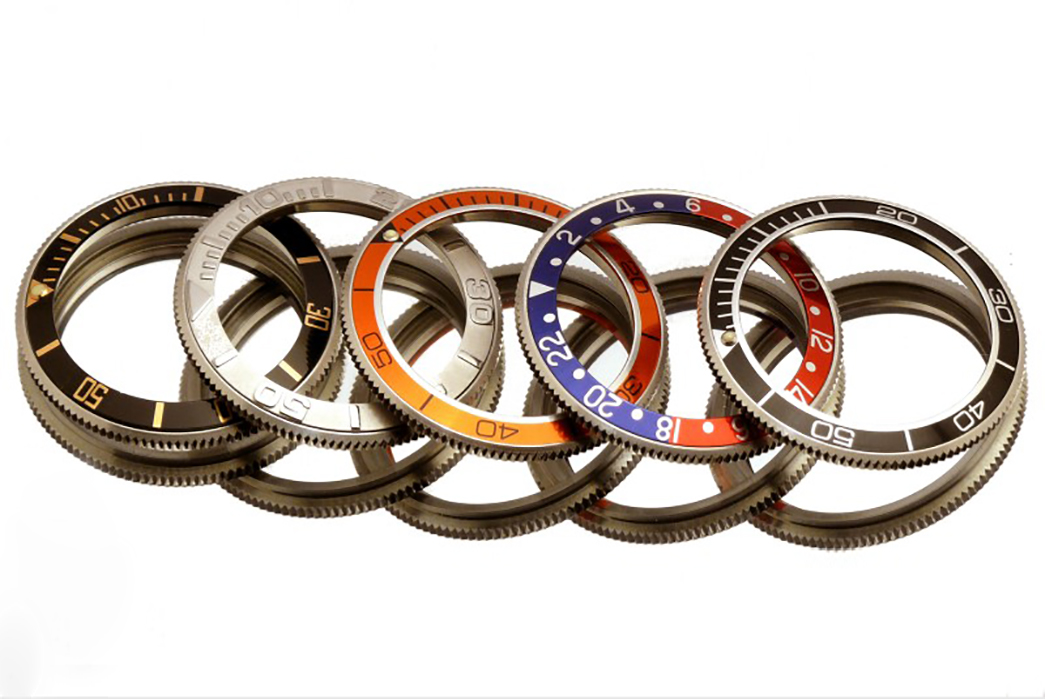
Diving bezels via Zegarki Club
A bezel is the metal ring that surrounds the dial of a watch that is either screwed or snapped into the base. On some watches, the bezel will rotate to assist in recording time elapsed. Bezels can also be utilized to secure the crystal.
Luminosity
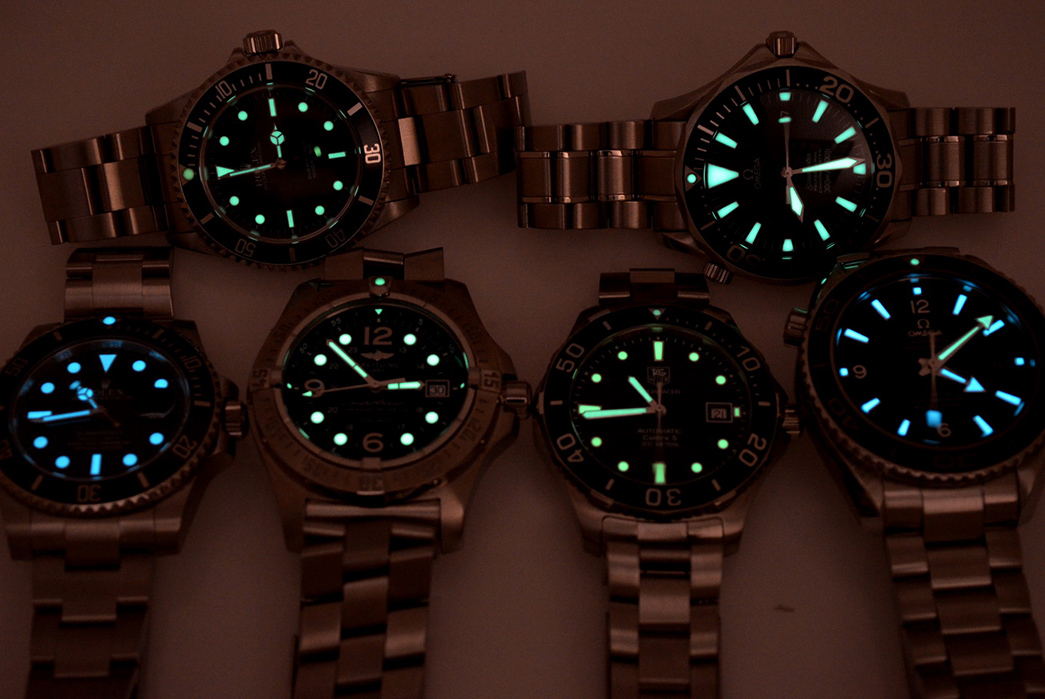
Photo: Bernard Watch
Dials commonly have luminous hands and hour markers. This feature is known as luminosity and is achieved by treating elements of the watch with a substance called Tritium.
Water Resistance
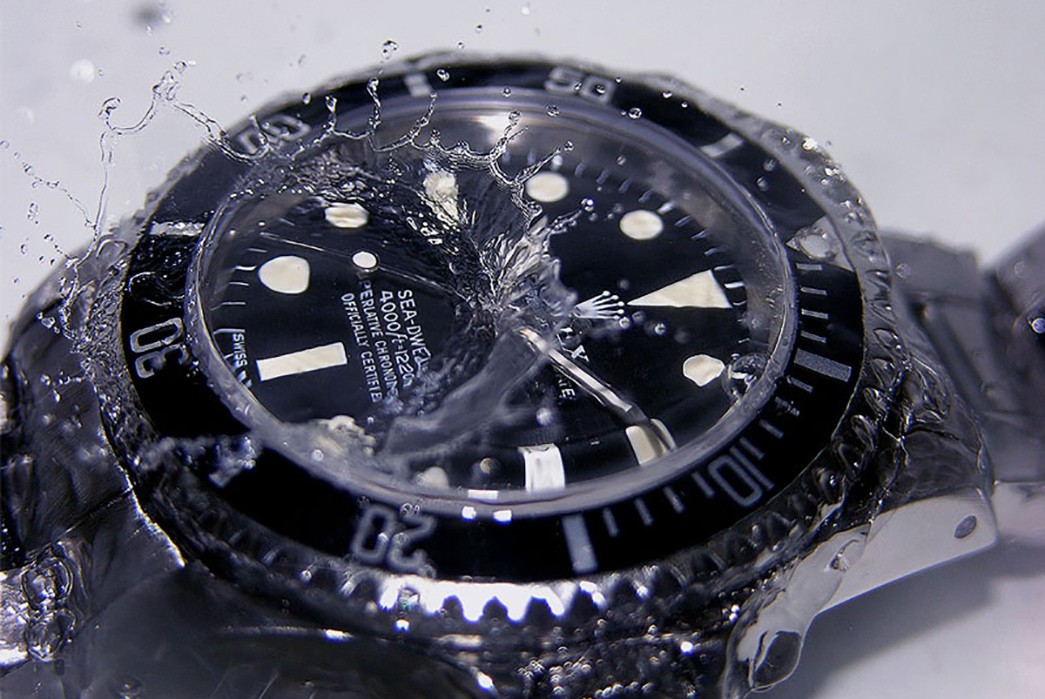
Photo: Monochrome Watches
Water resistance is an important feature of a wristwatch. This term is not to be confused with waterproof, as all watches will be subject to water ingress when exposed to certain measures of water and pressure. The water resistance of a watch is typically measured in meters or feet, i.e. water resistant 30 meters.
Helium Escape Valve
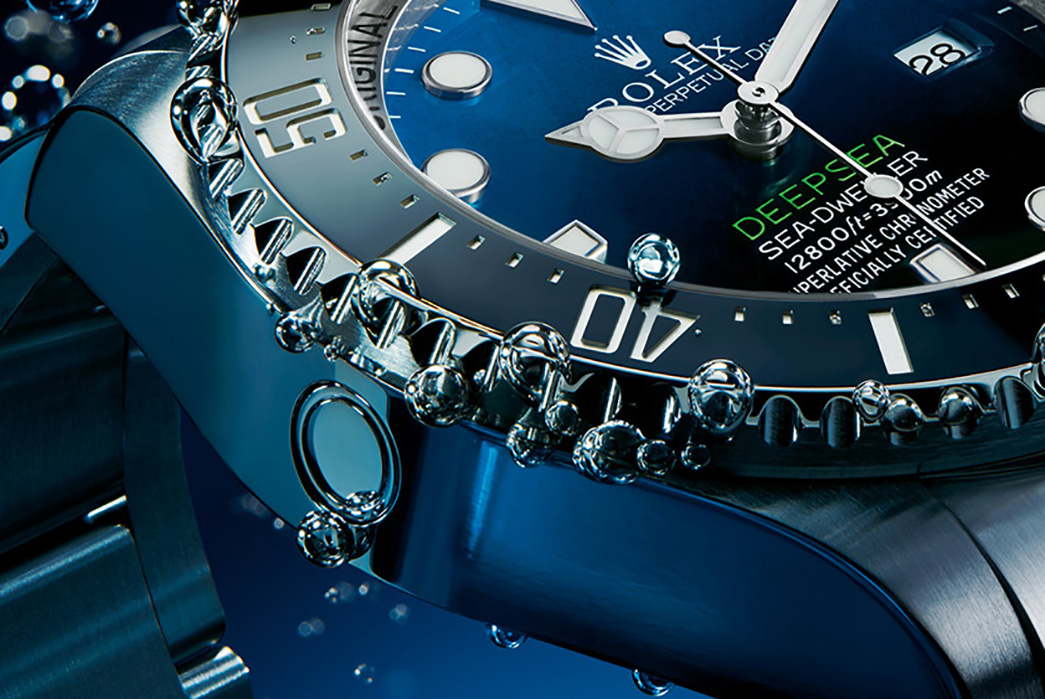
Photo: Quill & Pad
A function that usually features on professional diving watches, a Helium Escape Valve helps watches to manage extreme pressures of the ocean’s depths by automatically releasing pressure when the pressure inside the watch is greater than in its atmosphere.
Shock Resistance

Photo: G-Shock
Shock resistance is an important feature added to wristwatches that helps to protect the movement from the effects of sudden movements. Watchmakers add shock resistance by adding small springs and allowing the most sensitive elements of a movement to move from side to side.
Complication
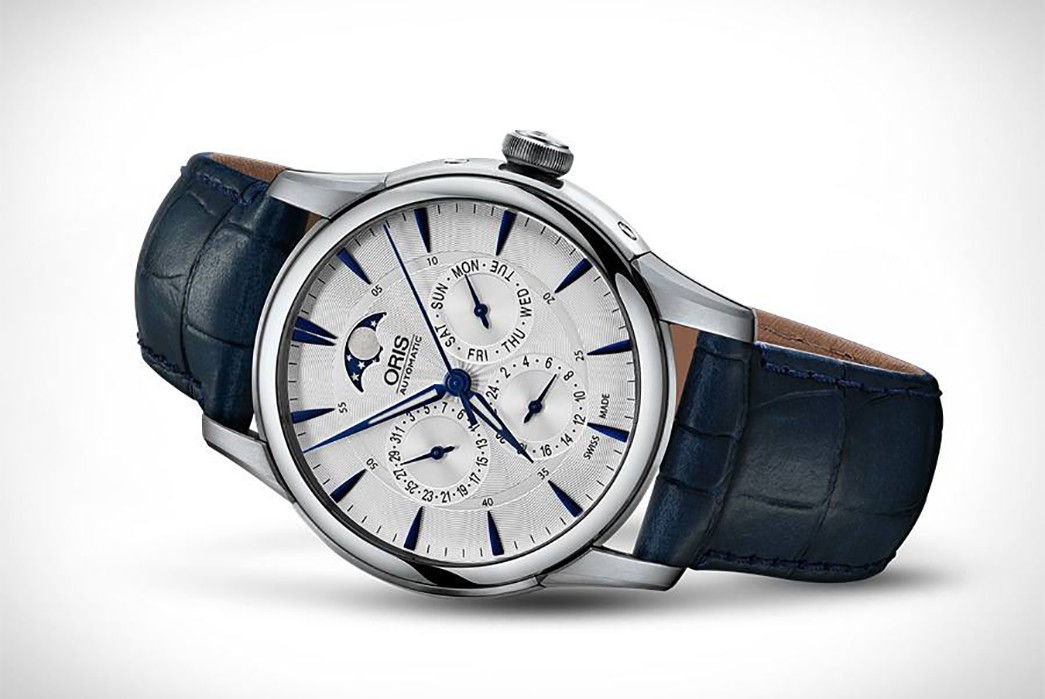
Oris Atelier watch with analog date sub-dials and moon phase complication via Ethos Watches
A complication is a feature of a watch that goes beyond time-telling, such as date, week, or month indication. There are dozens of different complications including moon phase cycle.
Power Reserve
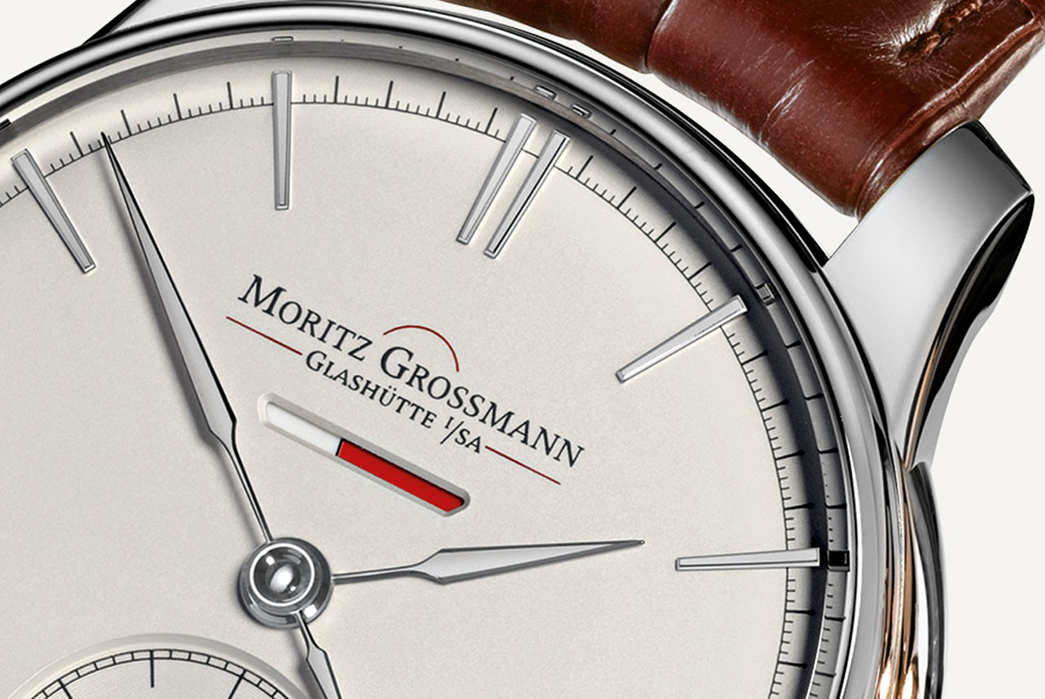
Moritz Grossmann ATUM Power Reserve via Define Watches
Similar to how a motor vehicle features a gauge that indicates how much gas is in the tank, mechanical watches sometimes have a power reserve complication that indicates how many hours the movement has left before it needs re-winding. Mechanical watches are powered by a coiled spring that slowly uncoils as the movement unwinds. Power reserve complications use the status of this coil to provide a reading of the watches power status.

